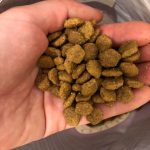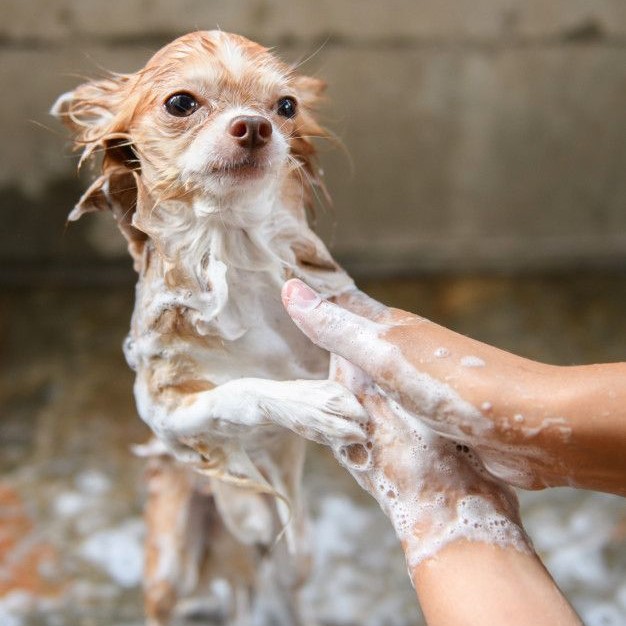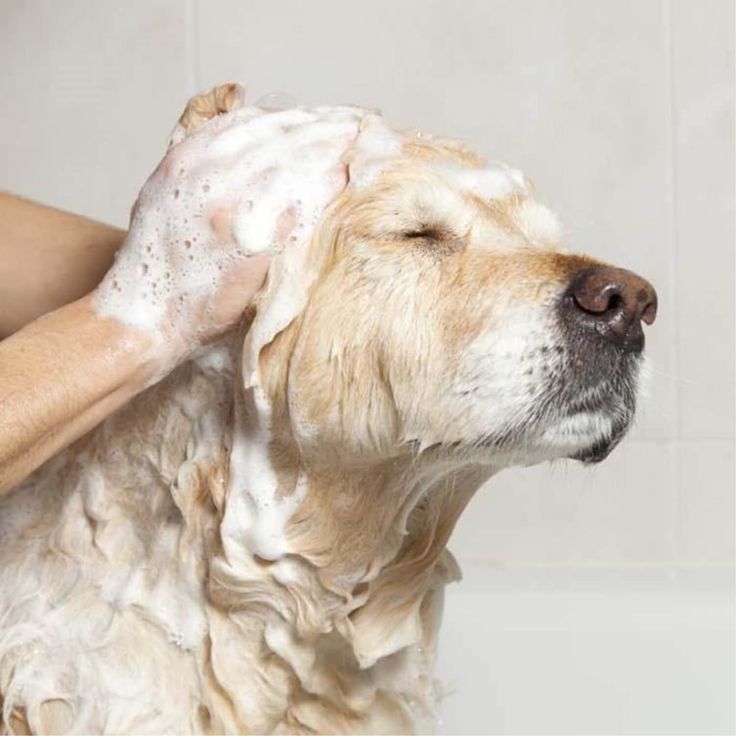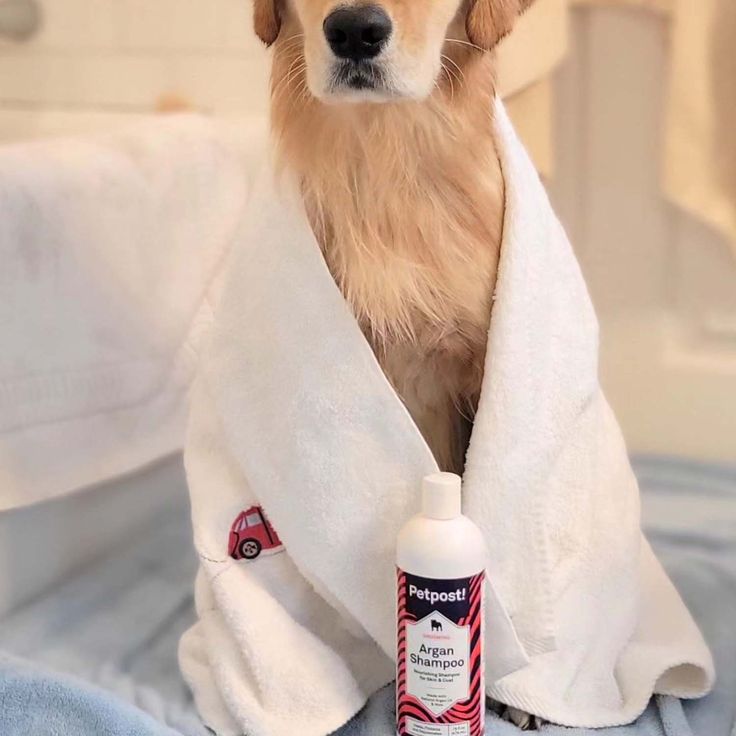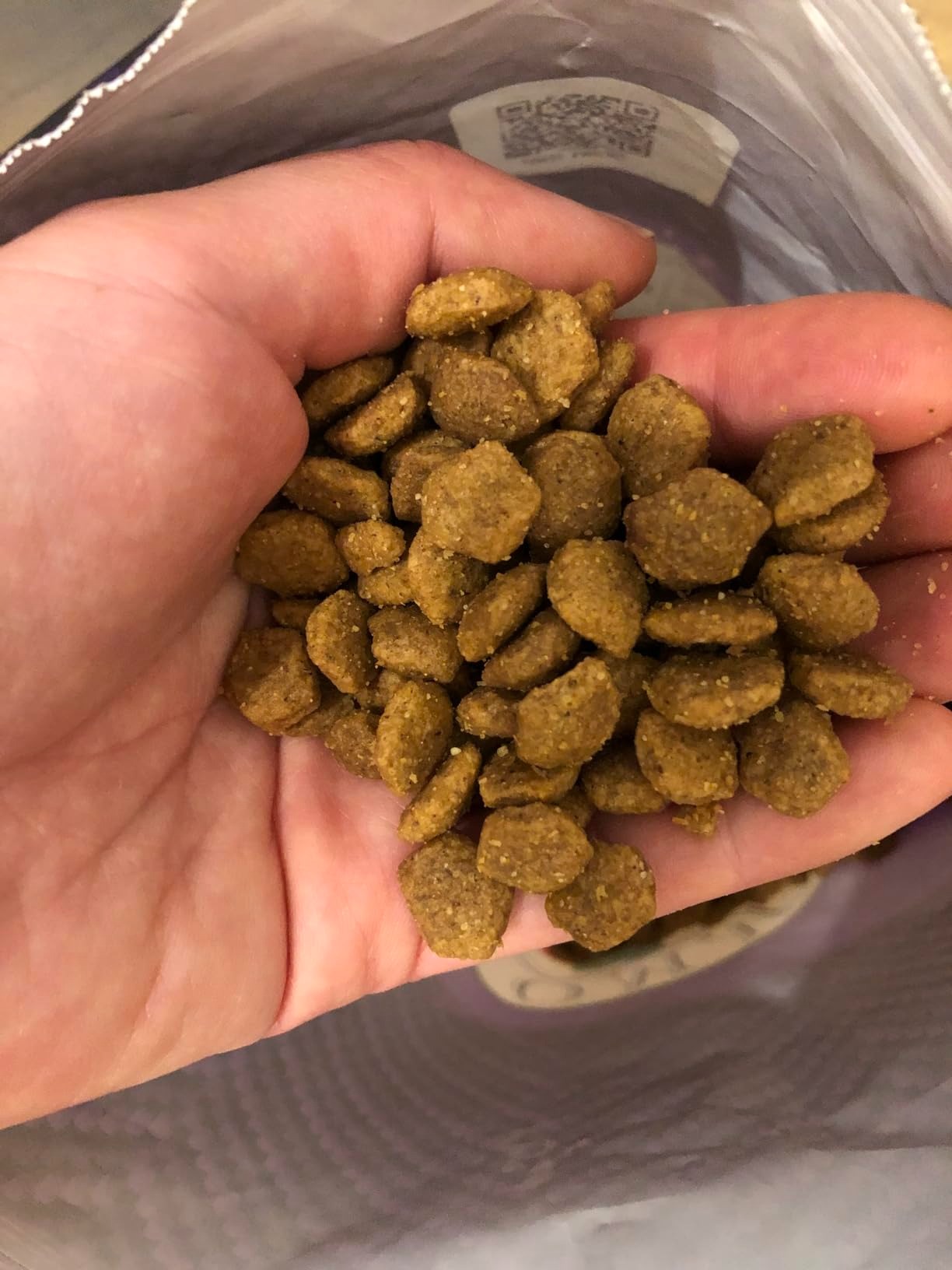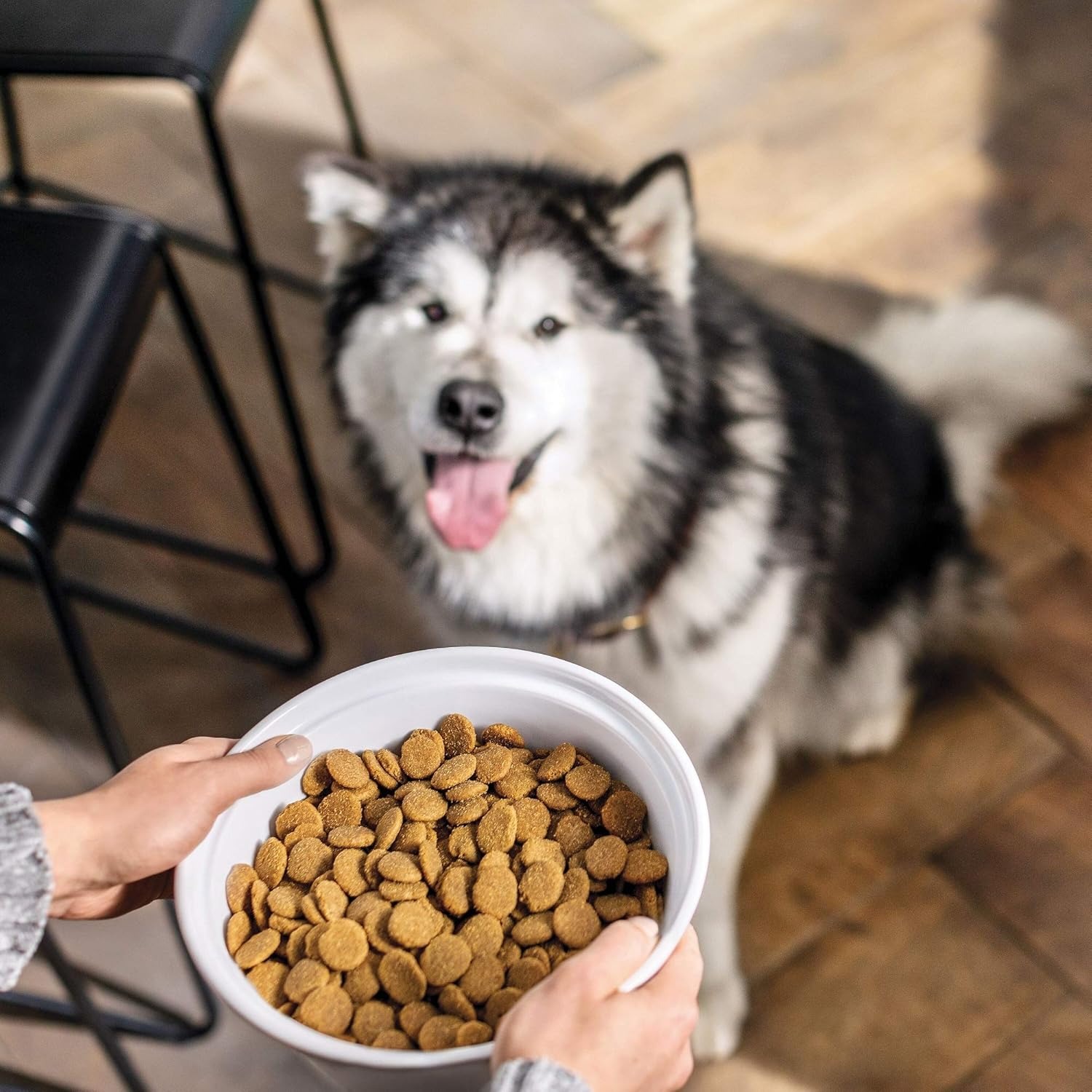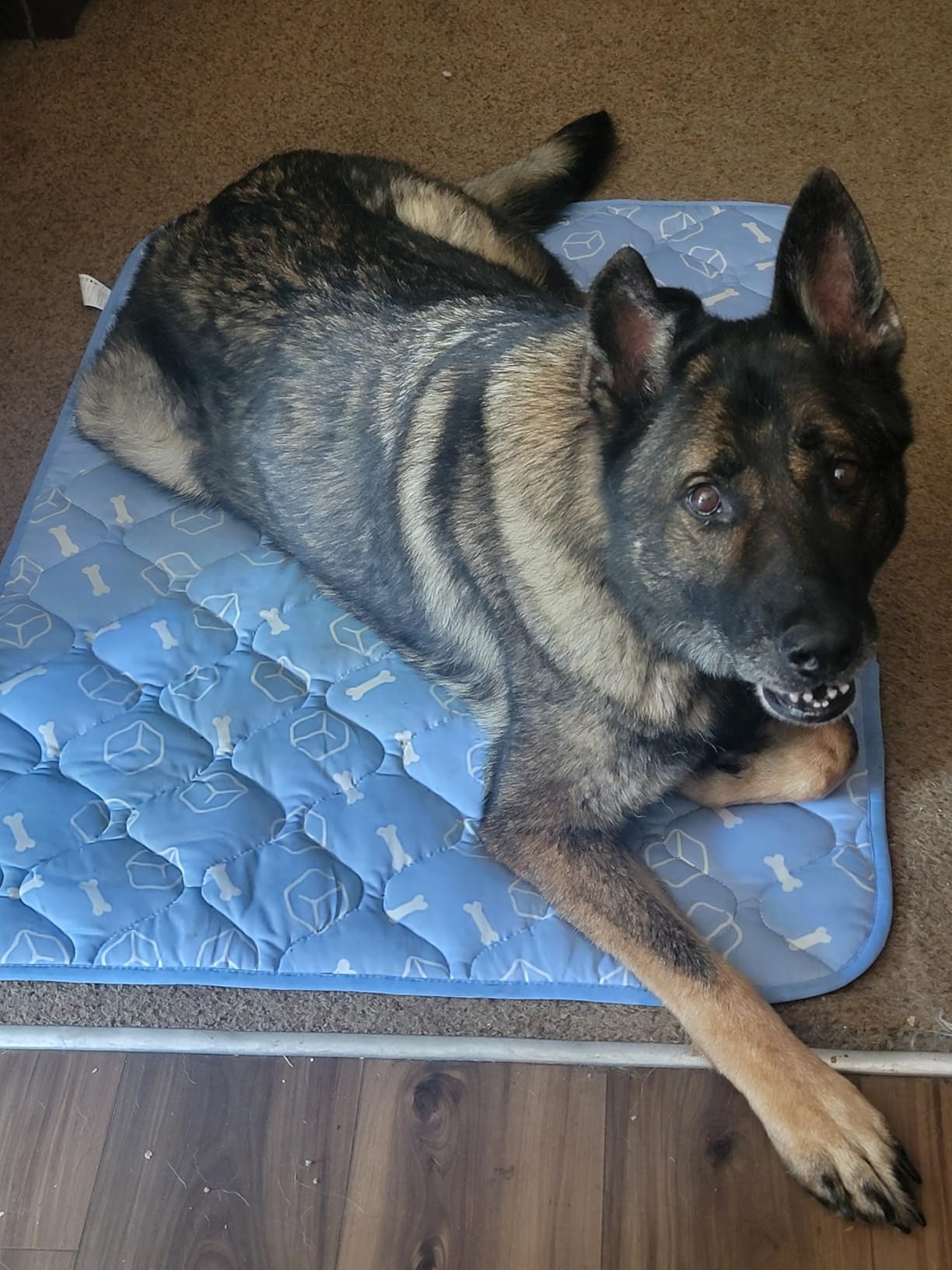Introduction
If your furry friend is scratching more than usual, it might be time to look into special solutions. Choosing the right dog shampoo for itchy skin can make a significant difference in your pet’s comfort and overall happiness. Itchy skin can be caused by various factors including allergies, dry skin, parasites, or irritants in the environment. Finding a shampoo designed specifically to address these issues is crucial for promoting healthy skin and fur.
This guide covers everything you need to know about selecting the best dog shampoos for itchy skin, offering insights into ingredients, proper bathing techniques, and other essential care tips. By understanding the needs of your dog and how to soothe their discomfort, you can ensure they remain happy and healthy.
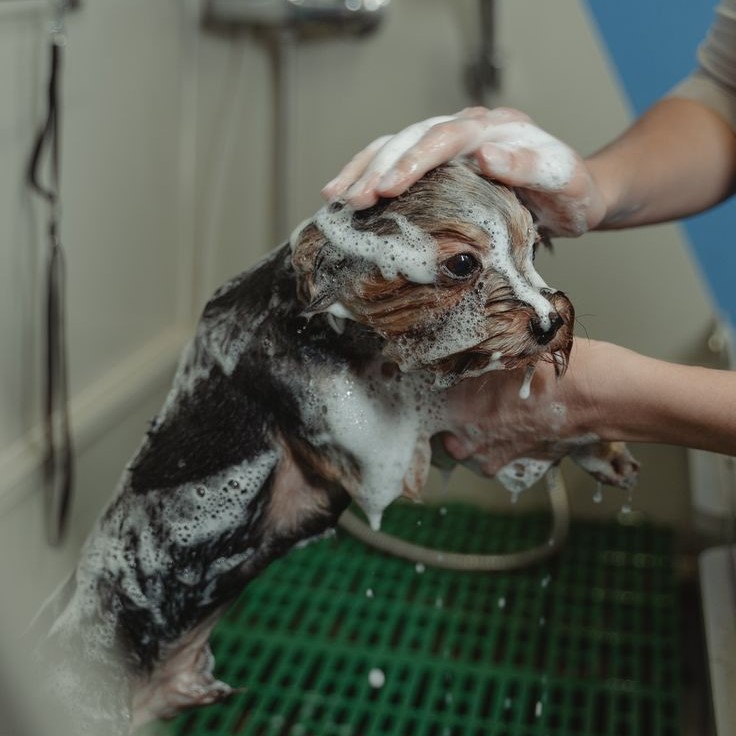
Understanding Itchy Skin in Dogs
1. Common Causes of Itchy Skin
- Allergies: Dogs can be sensitive to various allergens such as pollen, dust mites, and certain foods. These allergens can lead to skin irritation and itching.
- Parasites: Fleas, ticks, and mites are common culprits behind itchy skin. These parasites can cause significant discomfort and even lead to infections if left untreated.
- Dry Skin: Just like humans, dogs can experience dry skin from environmental factors. Cold weather, low humidity, and excessive bathing can all contribute to this issue.
- Skin Infections: Bacterial or fungal infections can lead to inflammation and irritation, resulting in persistent scratching.
- Underlying Health Issues: Conditions like hypothyroidism or autoimmune diseases can also manifest as itchy skin. If itching persists despite using appropriate shampoos, consider seeking veterinary help.
2. Recognizing Symptoms
- Excessive Scratching or Licking: One of the most evident signs of itchy skin is when your dog frequently scratches at their body, often to the point of causing redness or lesions.
- Skin Redness or Swelling: Look for signs of irritation, including redness, swelling, or raised bumps on the skin. This can indicate an allergic reaction or inflammation.
- Foul Odor: A persistent unpleasant smell can indicate an infection or other skin condition requiring veterinary attention.
- Hair Loss or Changes in Coat Texture: Pay attention to any bald patches or changes in your dog’s fur. These can be signs of underlying health issues.
- Changes in Behavior: If your dog seems increasingly agitated or restless, it may be trying to soothe its own itching. This change in behavior is a signal that something isn’t right.
Choosing the Right Dog Shampoo
1. Ingredients to Look For
- Natural Ingredients: When searching for a dog shampoo for itchy skin, prioritize products with natural ingredients. Ingredients like oatmeal or aloe vera are well-known for their soothing properties and can help calm irritations.
- Hypoallergenic Formulas: Consider hypoallergenic shampoos if your dog suffers from allergies. These products are formulated to minimize allergic reactions and irritation, providing a gentle cleaning solution.
- Medicated Options: Some shampoos contain medicated ingredients to address specific conditions, such as hydrocortisone or chlorhexidine, which can help reduce inflammation or combat bacterial infections.
- Moisturizing Properties: Look for shampoos that include moisturizers to help hydrate dry skin. Ingredients like shea butter can prevent moisture loss and promote a healthy coat.
- Avoid Harmful Chemicals: Steer clear of shampoos containing sulfates, parabens, or artificial fragrances. These ingredients can exacerbate skin irritation and are unnecessary for effective cleaning.
2. Evaluating Brands
- Well-Established Brands: Research reputable brands that specialize in pet care. Look for manufacturers known for quality ingredients and product safety.
- Veterinarian Recommendations: Consult your veterinarian for recommendations on the best shampoos for your dog’s specific condition. They can provide tailored advice based on your dog’s health history and needs.
- Customer Reviews: Check online reviews and testimonials from other pet owners. Feedback can provide insight into how effective a product may be for treating itchy skin.
3. Eco-Friendly Options
- Sustainable Choices: In today’s eco-conscious world, pet owners are increasingly looking for shampoo options that are environmentally friendly. Brands that offer eco-friendly or biodegradable products contribute to sustainability while keeping pets healthy.
- Cruelty-Free Products: When selecting dog shampoo, opt for brands that are cruelty-free. This consideration ensures that your purchase supports ethical treatment of animals.
Bathing Techniques for Itchy Skin
1. Preparing for Bath Time
- Gather Supplies: Ensure you have everything you need for bath time, including the shampoo, towels, and a brush. Having everything close at hand allows for a smooth bathing process.
- Choose the Right Location: Bath your dog in a comfortable setting. Whether it’s in the bathtub or outdoors, ensure the area is safe and free from distractions. This helps your dog feel secure and relaxed during bath time.
2. Proper Bathing Steps
- Wet the Coat Thoroughly: Before applying shampoo, wet your dog’s coat completely. Use lukewarm water to avoid any discomfort.
- Apply Shampoo Evenly: Begin applying the shampoo from the neck down, using gentle motions to massage it into the fur. Pay extra attention to any itchy or irritated areas.
- Rinse Thoroughly: After working the shampoo into a lather, rinse thoroughly to remove all product residues. Leftover shampoo can contribute to further irritation.
- Drying After Bathing: Use soft towels to gently dry your dog’s coat. Avoid vigorous rubbing, as this can irritate sensitive skin. If your dog is comfortable, consider using a blow dryer on a low setting, but keep it at a safe distance.
3. Timing and Frequency
- How Often to Bathe: Consider your dog’s specific needs when determining how often to bathe them. Some dogs may require baths more frequently due to skin conditions or active lifestyles, while others may only need occasional bathing.
- Post-Bath Observation: After bathing your dog, observe how they respond. Look for signs of relief from itching or any new symptoms that may arise.
Post-Bath Skin Care
1. Moisturizing
- Pet-Friendly Moisturizers: Consider using a pet-safe moisturizer to hydrate your dog’s skin after bathing. This can be particularly beneficial for dogs with dry skin.
- Oatmeal Baths: Occasionally providing oatmeal baths can soothe itching and help maintain moisture. You can purchase oatmeal bath products or make your own by blending plain oats and adding them to your bathwater.
2. Regular Grooming
- Brushing: Regular grooming helps remove dead hair and skin, reduces allergens, and distributes natural oils throughout your dog’s coat. Choose a grooming tool that suits your dog’s coat type for best results.
- Frequent Baths: Depending on your dog’s needs, regular bathing with the appropriate shampoo can alleviate itchy skin. Consult with your vet for recommendations on bathing frequency.
- Invest in Proper Tools: Using quality grooming tools, such as brushes and combs, can greatly enhance your dog’s grooming experience. This attention to grooming can have a direct impact on their skin and coat health.
When to Seek Veterinary Help
1. Persistent Symptoms
- No Improvement with Shampoo: If your dog’s itching does not improve after switching shampoos or implementing new grooming practices, it may be time to consult your veterinarian.
- Signs of Infection: Look for signs of infection, such as redness, swelling, or foul odors. An infection may require prescription medications or treatments.
2. Allergy Testing
Identifying Underlying Causes
- Importance of Allergy Testing: If your dog is experiencing persistent itchy skin, it may be a sign of underlying allergies. Common allergens include pollen, dust mites, and specific ingredients in their diet. Consulting with your veterinarian is essential for identifying the root causes of your dog’s discomfort.
- Types of Allergy Testing: Your veterinarian may recommend different types of allergy testing, such as intradermal skin tests or serum tests. Skin tests involve introducing allergens to the skin and monitoring reactions, while serum tests analyze your dog’s blood for specific allergen-related antibodies.
- Tailored Management Plan: Once specific allergens are identified, your veterinarian can create a tailored management plan. This plan may include recommendations for avoiding certain triggers, specific treatments, or medications to alleviate allergic reactions.
- Tracking Symptoms: Keeping a journal of your dog’s symptoms and any potential environmental changes can be helpful for your veterinarian. Documenting when and where the itching occurs may provide valuable insights into potential allergens.
Long-term Care Plans
- Understanding Chronic Conditions: Chronic itchy skin can be a long-term issue that requires consistent attention and care. It’s important to recognize that managing these conditions is often not a one-time fix but rather an ongoing process.
- Developing a Comprehensive Management Plan: Your veterinarian will work with you to develop a comprehensive long-term management plan. This plan may include specialized shampoos formulated for itchy skin, prescription medications to manage inflammation or allergies, and routine follow-ups to monitor progress.
- Environmental Changes: Along with shampoos and medications, your vet may suggest changes in your dog’s environment. This may involve reducing exposure to allergens, such as regular cleaning to minimize dust mites, or using air purifiers to enhance indoor air quality.
- Regular Vet Check-ups: Regular check-ups with your veterinarian are essential for adjusting the management plan as needed. Chronic conditions can change over time, and ongoing assessments will ensure that your dog receives the best care.
Possible Diet Changes
- Assessing Food Allergies: If food allergies are suspected, dietary adjustments may be necessary. Food allergies can manifest as itching, skin infections, or gastrointestinal issues. Identifying offending ingredients is critical for managing your dog’s condition.
- Elimination Diets: Your veterinarian may recommend conducting an elimination diet. This involves removing specific proteins and ingredients from your dog’s diet and gradually reintroducing them to pinpoint the allergen. This process can take several weeks and requires careful monitoring.
- Guidance on Suitable Diets: Once allergens are identified, your vet will guide you on appropriate food options that are safe for your dog. They may suggest prescription hypoallergenic diets or limited-ingredient formulas that eliminate common allergens.
- Supplementary Nutrition: Discussing the incorporation of omega-3 fatty acids and other supplements with your veterinarian can also be beneficial. These supplements may help improve skin health and reduce inflammation, providing additional support alongside dietary changes.
- Daily Monitoring: After implementing dietary changes, monitor your dog’s skin condition and overall well-being closely. Keeping track of any fluctuations can help assess the effectiveness of the new diet and inform future consultations with your vet.
Conclusion
In conclusion, selecting the right dog shampoo for itchy skin can significantly improve your pet’s quality of life. Understanding the causes of itchy skin, knowing how to choose the best shampoo, and developing proper bathing techniques are all crucial aspects of maintaining your dog’s skin health.
By following the tips outlined in this guide, including regular grooming and paying attention to your dog’s needs, you can help alleviate discomfort and keep your furry companion happy and healthy. Always remember that when in doubt, consulting with a veterinarian can provide the best guidance for treating itchy skin in your beloved pet!

